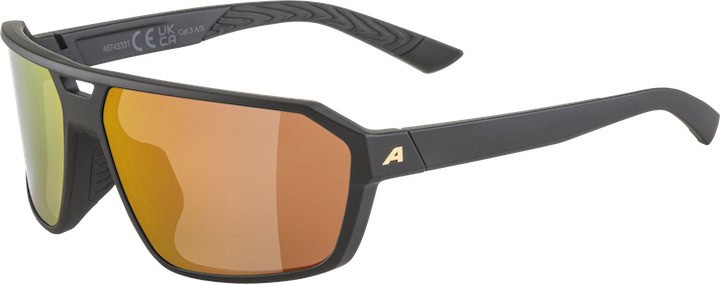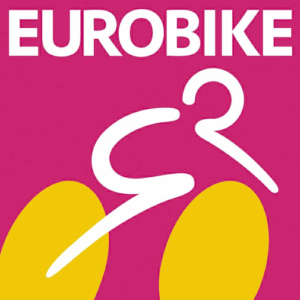From oversized goggles to ultra-cool frames, the latest cycling eyewear has all the technology for protection and quick reactions on the saddle – and a bold touch to complement an on-trend outfit.
The updated Technium from Shimano [11.0/ A18] has it all. The wide full-rim frame protects eyes and lenses from dust and debris, and it has been reworked to make it a little edgier, with a multi-coated one-piece lens.
Much of the performance comes from its Ridescape lens technology, in three versions for road, off-road and gravel riders. “It’s really developed to increase the contrast and emphasize the colours in different riding environments,” explains Perrine Devin, Shimano’s product planner for eyewear and footwear.
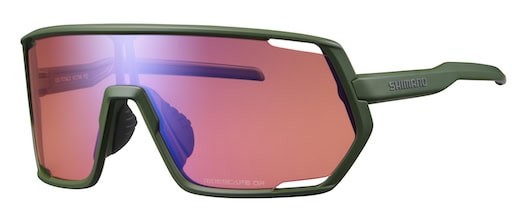
Other features are the gaps at the edge of the frame to allow for ventilation and to avoid fogging. The curved and shorter temples are meant to fit into a trail helmet.
Another selling point is that the Technium is made in part from bio-based materials. Its frame and lens integrate Arkema Rilsan, with 45% of bio-based materials extracted from castor beans. Shimano’s entire eyewear range for next year will use this component.
With the Twinspark, Shimano has packed some of the same benefits into a more affordable version. It targets riders who want eyewear made for cycling, but who may not be overly fussy about category-specific lenses.
The Rev by React [Optrel Sports11.1/ C22] Rev has a pretty striking appearance as well, with a single purple lens. But the Swiss brand’s latest eyewear mostly stands out for its ShadeTronic technology, which was launched less than two years ago.
React explained that it works with an LCD display that is integrated into the inner layer of the eyewear. It adjusts the tint of the glasses from filter category two to four in just 0.1 second.
All this happens using solar energy alone, with no need for batteries or other power sources. Photocells are built into the product to convert infrared rays into power, which fuels the LCD screen. This means the glasses do not require any batteries or charging device.
Adding to the tech sheet, the polarised lenses are scratch-resistant and shatterproof. The Rev’s frame weighs just 24 grams, with adjustable temples, temple tips and nose pads. A smaller version of this Swiss-made eyewear is launching at Eurobike.
4KAAD [11.1/ D27] has also kept a close eye on the scales for its Beat Race glasses, targeting riders as well as runners and triathletes. Weighing 32 grams, the frame is said to be both durable and flexible.
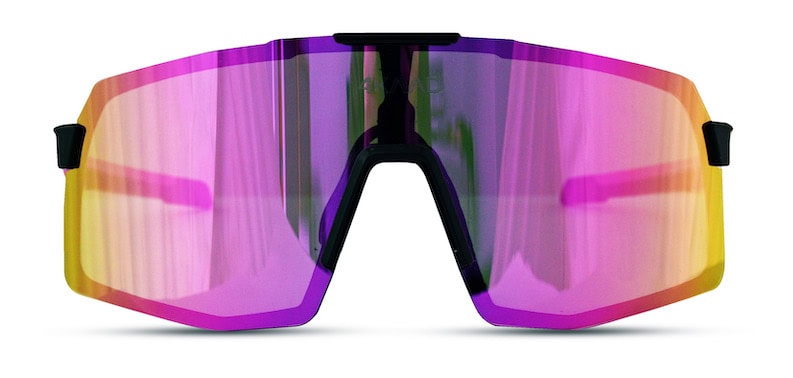
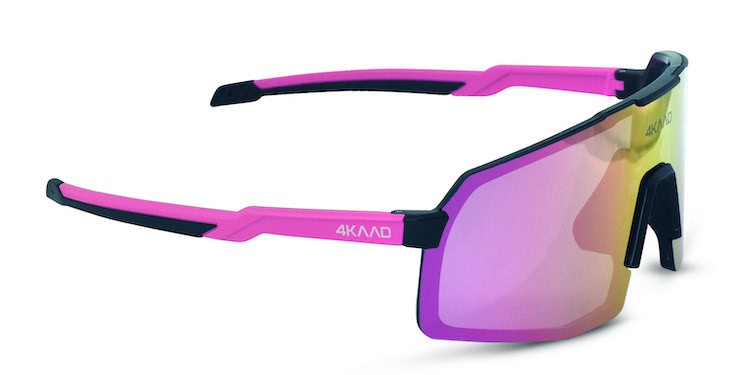
Andreas Bennert, chief executive at 4KAAD, explains that the company started by making products for winter sports, but it’s making inroads in cycling with a new photochromic mirror lens. “Mirror lenses have become popular, but they often get too dark when it’s foggy,” said Bennert. “We combine the fantastic look with lenses that work in different conditions.”
Smith [11.1/ C06] has opted for a dual lens construction for its Motive performance sunglasses. They are meant to work in all settings – whether ripping down singletrack or in a road sprint.
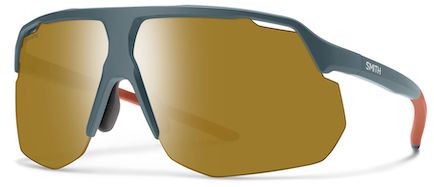
The Motive uses a lightweight nylon frame that is said to be highly impact-resistant, with a slight wraparound fit and a half-frame design. The glasses use Smith’s ChromaPop lens technology, which is meant to help color come out, to provide more clarity and better definition.
Each frame comes with two interchangeable lens tints, one for bright sun and a clear option for low-light or night rides. Vents in the upper corners of the lenses help dispel heat and moisture buildup. The smudge and moisture resistant coatings provide easy cleaning and clear optics. It’s easy to remove the glasses with one hand, with the auto-lock hinges holding the frames open.
The Stride’s construction is among the most discreet this year. These sunglasses by Scott Sports [12.0/ A20] are frameless, making for a sleek appearance and an uninterrupted line of sight. This lightweight number again uses toric technology, which works to neutralize the effect of the lens’ curvature. The company has also added its Amplifier Lens Technology, for more contrast and clarity.
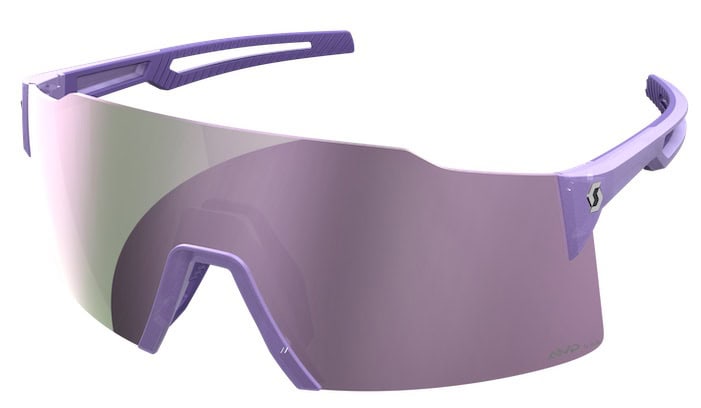
At the other end of the spectrum, there is the 8K goggle from Ariete [9.2/ D18]. It’s described as a large fit, which is a bit of an understatement, since these bulky goggles cover nearly half of the rider’s face, with a construction that protrudes on both sides.
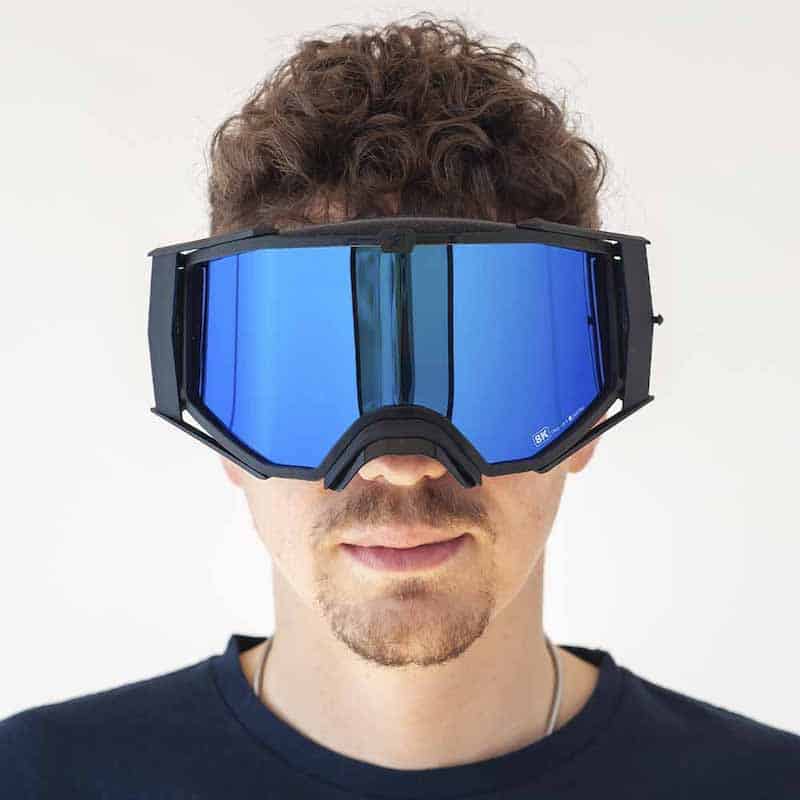
Annalisa Mentasti, Ariete’s chief operating officer, explains that the size is intended for comfort, and to provide a clearer view of the track. The goggles come with a purple multi-layer lens, anti-fog treatment, a tough but flexible frame, and a ventilation system.
The three-layer foam construction swiftly evaporates sweat. The elastic strap has anti-slip silicone and a double buckle for quick adjustment.
Ariete adds that the goggles are carbon neutral. They are made at its plant in Varese, which has adopted more environment-friendly processes. The company has teamed up with Climate Partner to measure its emissions and to work toward carbon neutrality.
Targeting hard-riding mountain bikers, the latest goggles by TSG International [11.1/C16] are more compact, but they also have a bold look. The Presto 3.0 integrates a durable, pre-curved cylindrical lens, which is said to be resistant to scratches. The flexible frame comes with triple-layer face foam and articulated outriggers.
The thick goggle strap allows for adjustments on both sides. Silicone grip has been added to make sure the goggles stay in place, even on bumpy downhill rides.
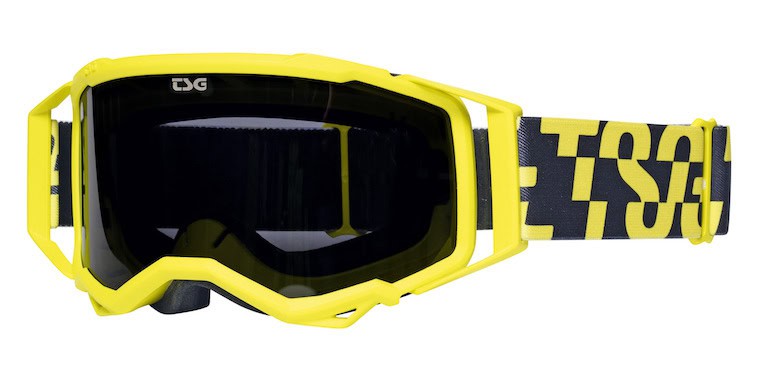
The Swift from Alpina Sports [12.1/C36] is more leisurely. The German supplier reckons the sunglasses could be used for a walk in the park as well as a gravel ride. They’re made with “shatterproof” lenses from ceramic material. The rubberized nose wings and temple tips help the glasses stay in place.
